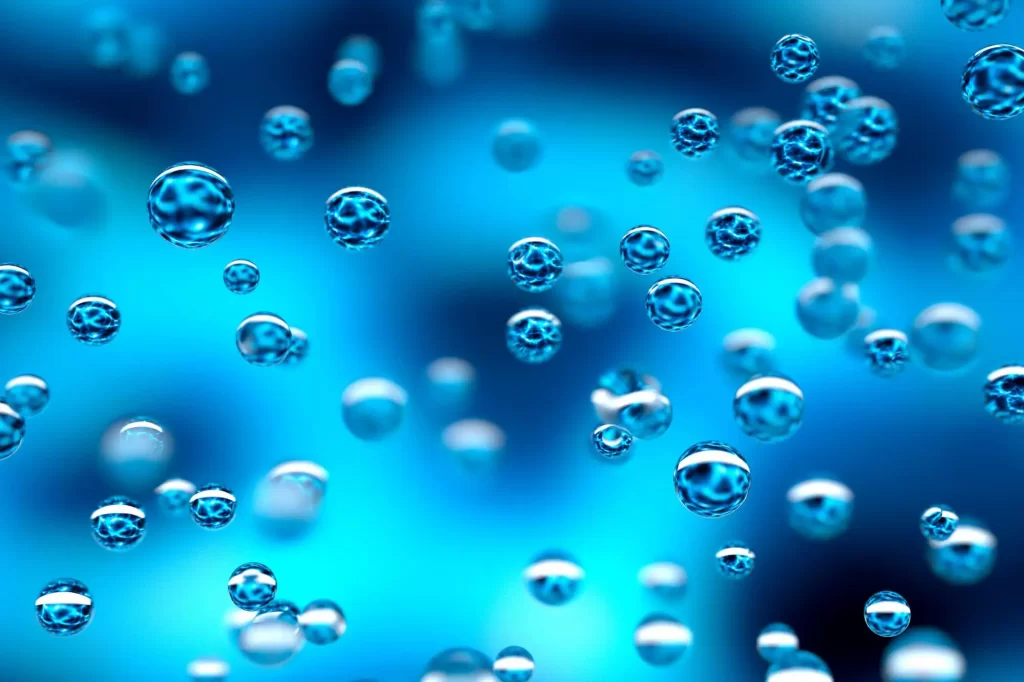In a groundbreaking development, chemists have unveiled a new way to split water to produce hydrogen – which could be a revolutionary step in the search for clean energy. The research, recently published in the prestigious journal Nature, proposes a photocatalytic method that harnesses the power of light to activate water, providing a simplified and efficient route to hydrogen production.
Water splitting, the process of splitting water molecules into their component parts oxygen and hydrogen, has long attracted the attention of the scientific community due to its huge potential in various fields, especially as a clean and sustainable energy source. Traditional methods of achieving this involve using a catalyst, usually a transition metal complex, to initiate the reaction.
However, a team of German researchers, led by Professor Armido Studer from the University’s Institute of Organic Chemistry, has taken a bold departure from convention. Their innovation hinges on the use of triaryl phosphines, organic phosphine compounds with diverse industrial applications, including serving as light and heat stabilizers.
What sets this new water-splitting approach apart is its exceptional efficiency in generating hydrogen. Under gentle reaction conditions, an LED-emitted light triggers the transfer of a hydrogen atom to a phosphine-water radical cation. These radicals are known for their high reactivity, making the phosphine-water radical cation an ideal intermediate for activating water, enabling the separation and transfer of hydrogen atoms to a substrate.
Professor Studer, in a Debrief article, elaborated on the significance of their discovery, stating that their system “offers an ideal platform for investigating unresearched chemical processes that use the hydrogen atom as a reagent in synthesis.”
The implications of this breakthrough extend far beyond hydrogen production. It has the potential to revolutionize various scientific domains, including material sciences, agriculture, and pharmaceutical research. The newfound simplicity and efficiency of this water-splitting technique open doors to innovative applications in these fields.
As scientists delve deeper into the possibilities unlocked by this pioneering water-splitting method, we can anticipate exciting developments that may accelerate our progress toward a cleaner and more sustainable future. With hydrogen’s importance as an energy carrier and raw material for essential compounds, this discovery could be a game-changer in our pursuit of eco-friendly solutions to global challenges.

